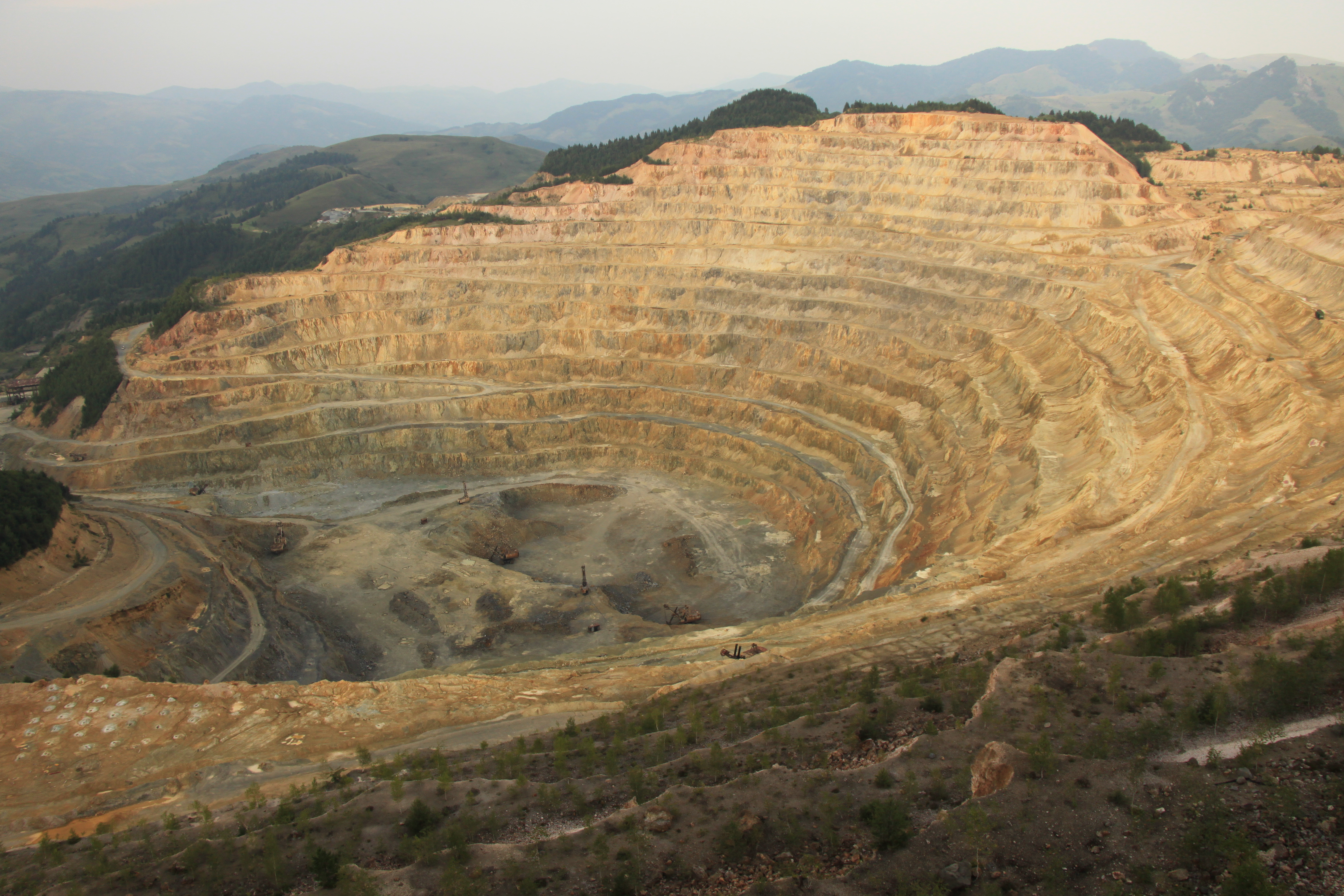
Special rare earth metals inside smartphones allow them to function at high quality. But where do these metals come from, and what are the costs of acquiring them?
Thinking about buying a new smartphone this holiday season? If so, you’re not alone – nearly 65% of all Americans are expected to buy tech gifts for their friends and family, a 2.3% increase from last year. But in the rush to replace 1-year-old smartphones with the newest model, consumers are forgetting the environmental costs of manufacturing such complex gadgets.
Hidden underneath the sleek casing of your smartphone is a metal known as a rare earth element (REE). REEs are a special group of seventeen metals that are crucial to consumer electronics, including the most popular items on Americans’ shopping lists — headphones, tablets, Bluetooth speakers, smartphones, and notebook/laptop computers. These metals increase the functionality and computing power of the electronics, allowing them to become lighter and more compact without sacrificing quality. REEs have few substitutes, meaning that the tech industry is almost entirely dependent upon them.
Unfortunately, the only way to acquire REEs today is through massive open-pit mining operations. REE mines worldwide produce over 10 million tons of wastewater per year, much of which is toxic and radioactive. This has negatively impacted the health of local communities, killed crops and increased cancer rates. For the past 20 years, because they have a monopoly on REE mining, China has borne the majority of the environmental and public health consequences of REE mining. Now, however, the environments of other developing nations are in jeopardy, because industrialized nations are searching for new sources of rare earth elements.

The costs of producing rare earth elements for modern electronics is destructive open-pit mining. This particular mine is over 1 kilometer in diameter, and is similar in size to current REE open-pit operations.
The next potential victim of such environmental destruction is Kazakhstan. North-Central Asia has 30% of the world’s REE deposits, many of which are in Kazakhstan. In the past three years, Japan India, France, and Germany have secured partnership agreements with Kazakhstan for its rare earth mining development. The scale of these agreements is huge – if successful, Kazakhstan could be mining enough REEs to supply 10% of the world’s demand in just a few years. And industrialized nations will be reaping the benefits of REE resource access, without paying the price of pollution.
One of the main reasons why industrialized nations are seeking new sources of REEs is because of the lack of alternatives. With the U.S. consumer electronics industry alone generating over $200 billion dollars a year, a REE shortage could hurt the economy on a global scale. China’s control over 95% of the global REE market means that China could increase REE prices to unreasonable amounts, delivering an economic blow to the tech industry. In 2011 when China reduced REE exports, prices rose 700% within a few months. In response, industrialized nations began racing to find new source of REEs. However, in the process, these countries are not considering the environmental damages associated with new open-pit mining operations that will negatively impact the environments of other countries, such as Kazakhstan.
Even well-regulated REE mines can produce dangerous wastes. For example, in the 1990s, the U.S. shut down its primary REE facility in California because it accidentally spilled thousands of tons of radioactive wastewater into populated areas. In Kazakhstan the risks are even higher, because to meet the demands of its international trade partners Kazakhstan is building multiple REE mining and manufacturing plants. These facilities will jointly produce quantities of radioactive wastewater much greater than California’s single mine.
Instead of outsourcing pollution issues to other countries, the U.S. should consider alternatives to REE mining. One solution may be recycling. In September of this year, scientists successfully recycled REEs for the first time. However, recycling alone cannot supply growing consumer demand for REEs, and commercial-scale recycling is still years away. Alternatively, the U.S. could adopt new legislations that gradually phase out REE use by encouraging companies to develop viable alternatives. Similar phase-out regulations for hazardous materials (including lead and mercury) in electronics waste have been successful in the European Union. The U.S. could also adopt a certification system where companies can attach green labels to their electronics if they acquire REEs from more environmentally responsible sources.
Demand for electronics is increasing so quickly that the global REE market is expected to double by 2020. As consumers, we need to think beyond the next technology trend, and consider the impacts of our purchasing choices upon the environments of other nations. Industrialized nations like the U.S. should take responsibility for their roles in promoting pollution overseas and make a stand for greener REEs, whether by labeling, recycling, or reducing REE use. In the meantime, consider keeping your current smartphone for another year – Kazakhstan’s environment and people will thank you.













